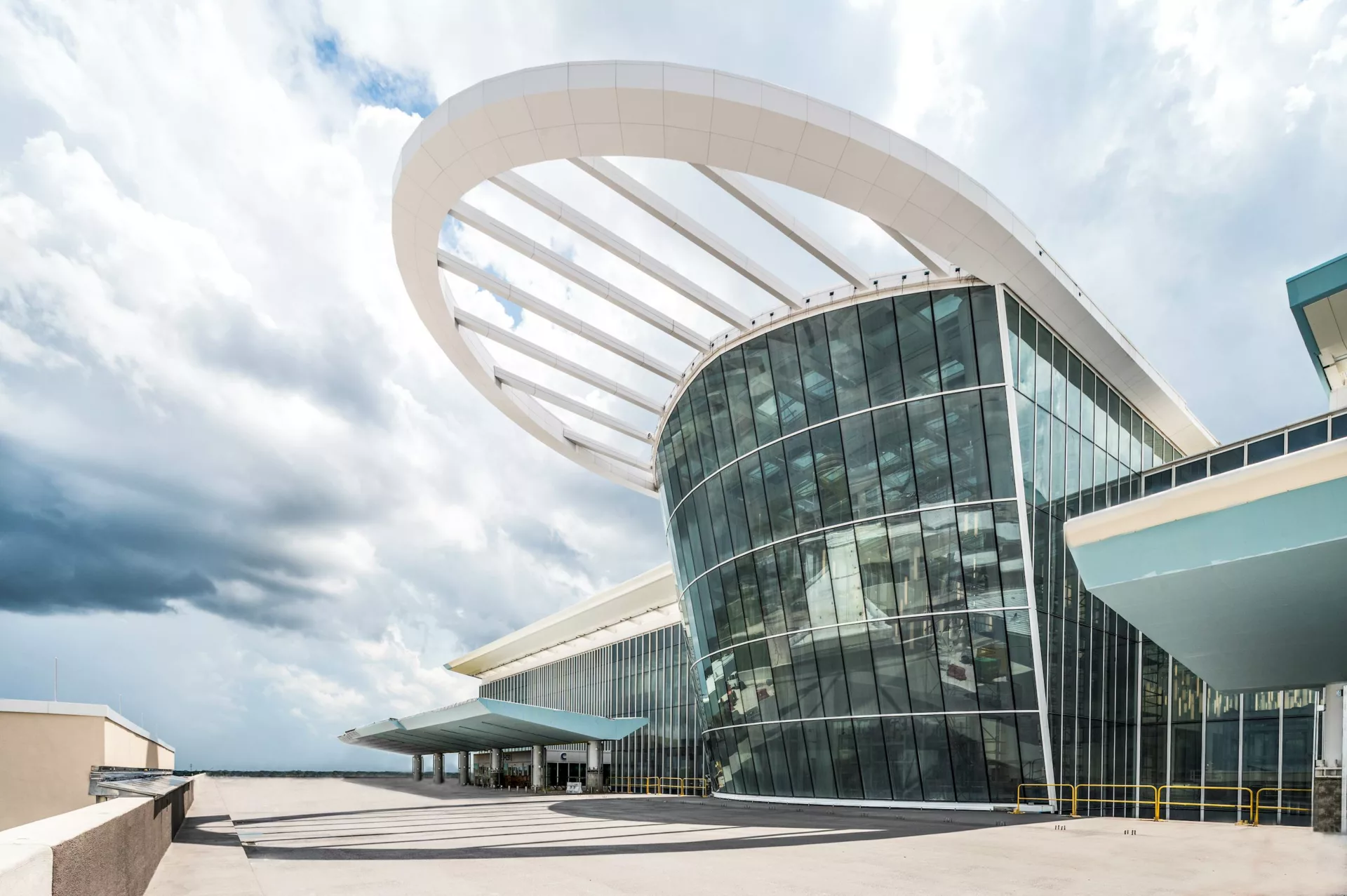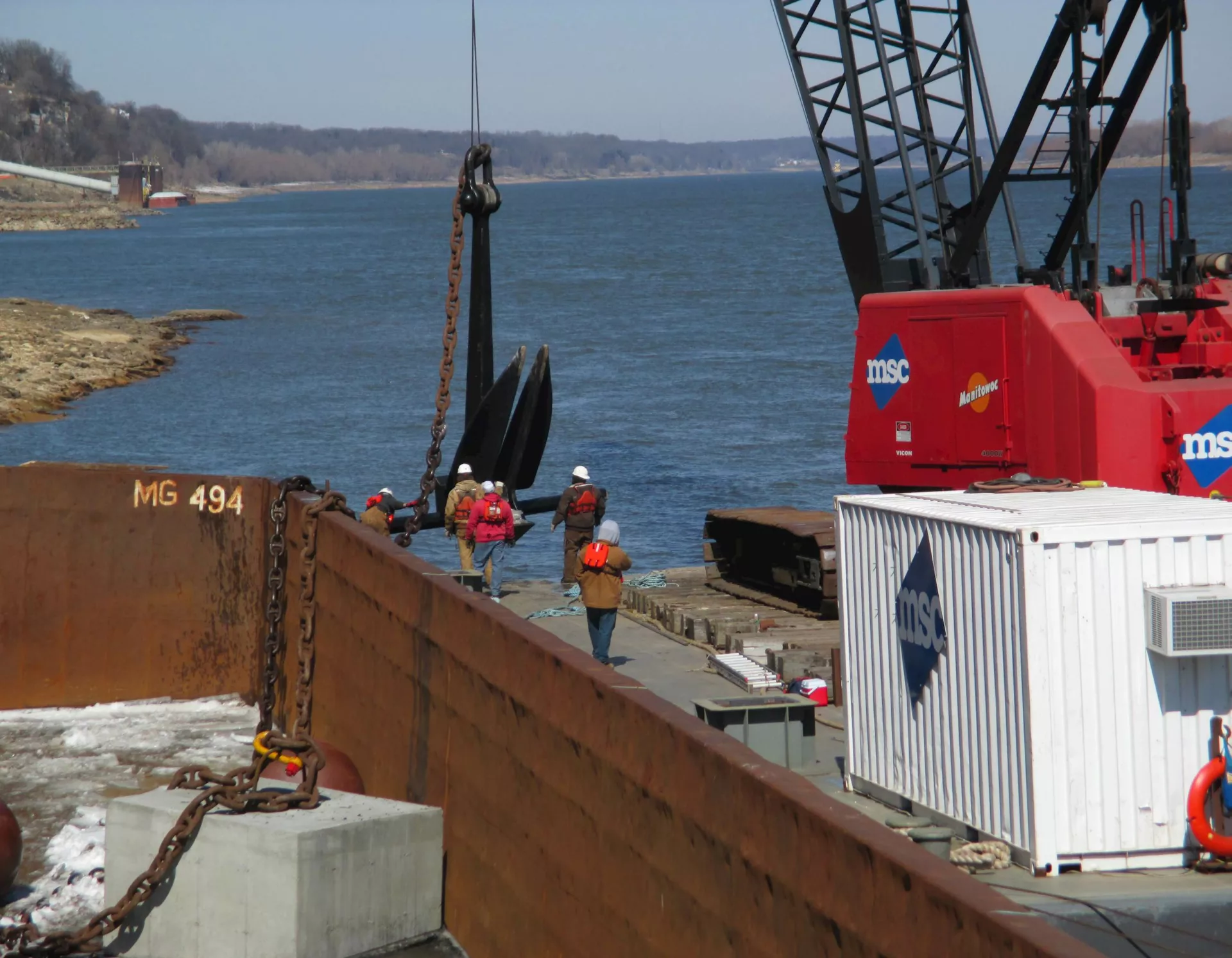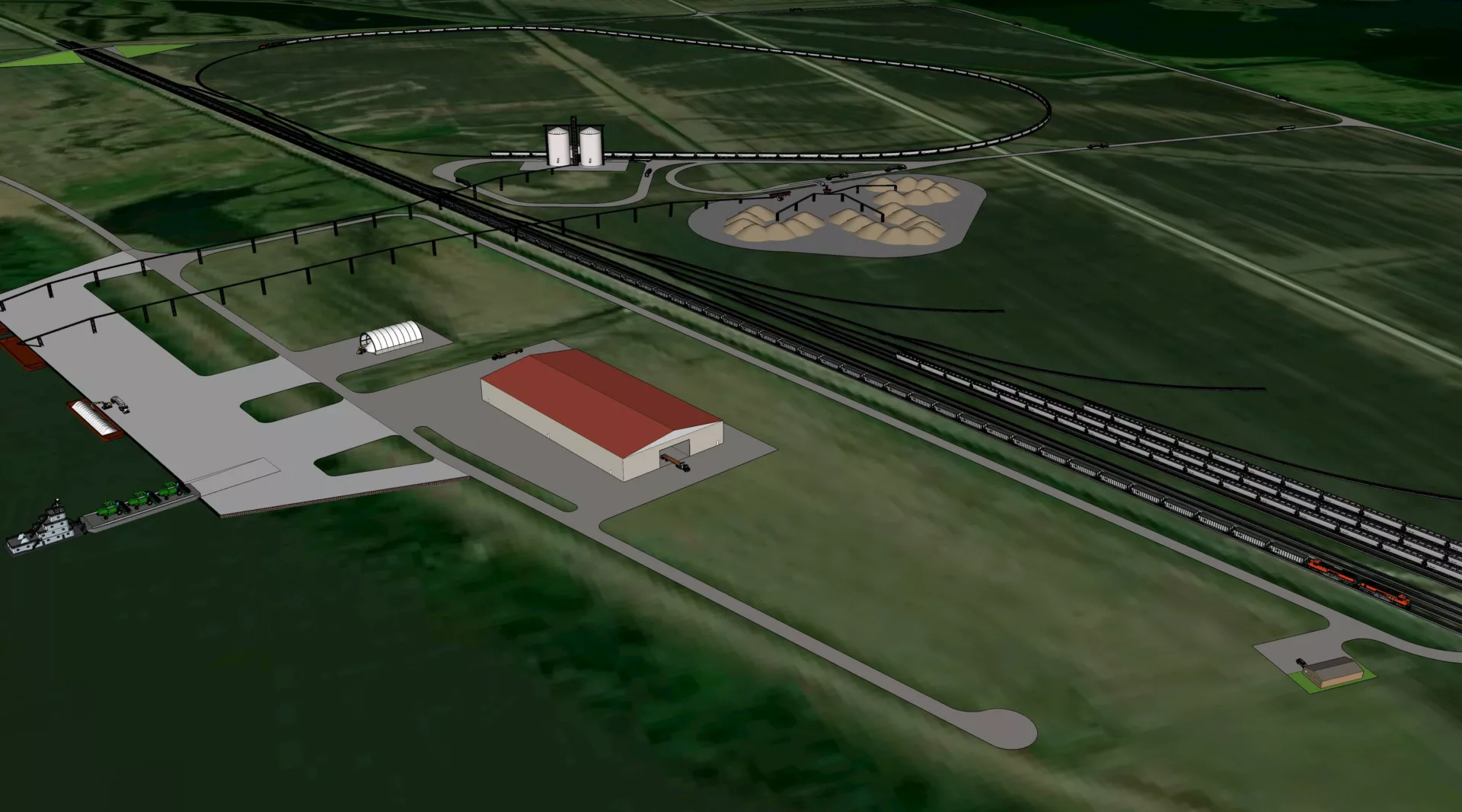Hanson provided engineering design services to the Missouri Department of Transportation for the new Daniel Boone Bridge to carry Route 40 — the future Interstate 64 — over the Missouri River. The project also included the realignment of approximately two miles of interstate and improvements to the outer road system.
This particular river crossing currently has two structures that carry traffic. The first bridge, constructed in the 1930s, carries three lanes of westbound traffic. The second bridge, constructed in the 1980s, carries four lanes of eastbound traffic.
The design for the new bridge includes providing four additional lanes across the river. Eastbound traffic will be moved to the new bridge, and the westbound traffic will be moved to the 1980s bridge.
The 1930s bridge will remain in use as an outer road structure, providing one westbound vehicular lane and a bi-directional bicycle lane. Approximately one mile of interstate will be realigned on both sides of the river to line up with the appropriate structures.
Hanson’s scope of services included a bridge type study; a hydraulic analysis and scour study; preliminary bridge plans; field surveys; preliminary roadway plans; and right-of-way plans.
The bridge type study investigated three structure types to provide for the four 500-plus-foot spans. The structure types included a continuous parallel chord truss, continuous composite steel plate girders, and a segmental cast-in-place concrete box girder. Roadway impacts and cost were investigated for each bridge type.
The hydraulic analysis and scour study of the Missouri River included the development and calibration of a hydraulic model of the Missouri River that incorporated new hydrographic survey data from the project site into a U.S. Army Corps of Engineers governing model. The hydraulic study included multiple bridge modeling techniques, multiple bridge pier geometries, and an analysis of channel and floodplain modifications necessary to mitigate potential water surface profile impacts of the new structure.









